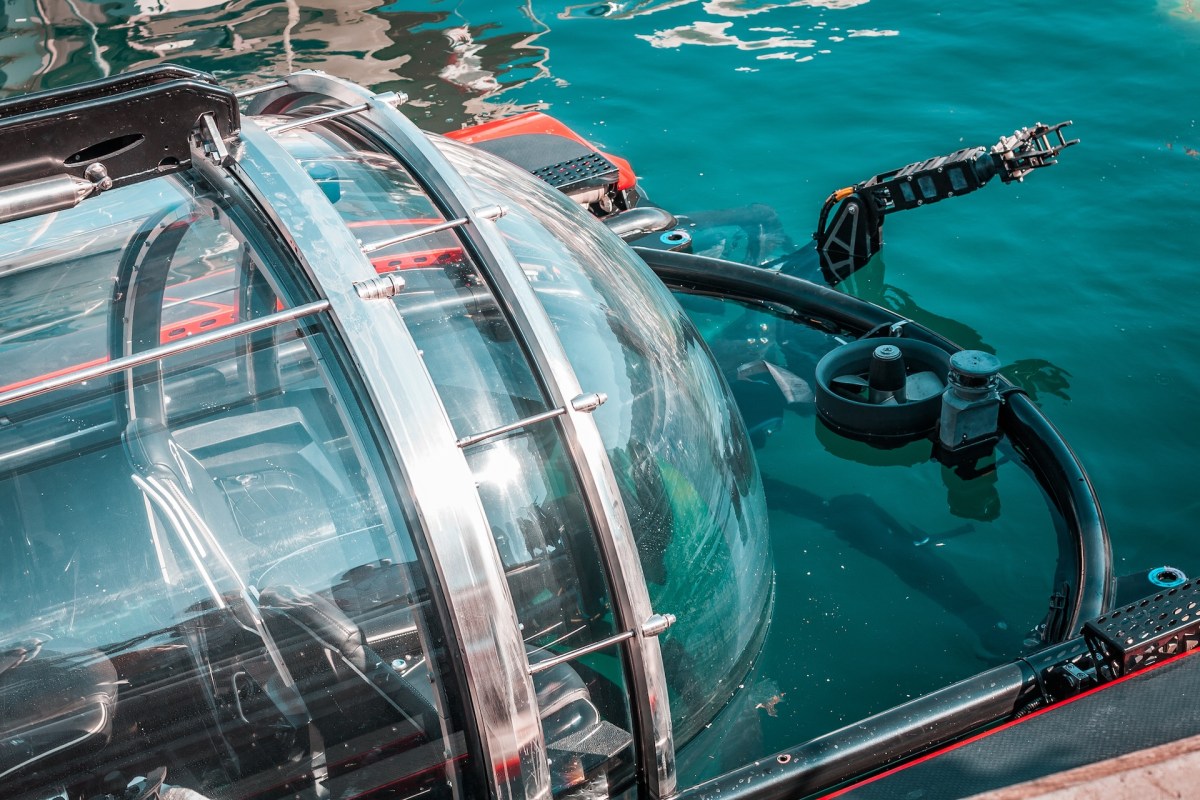At a certain point — about 30 minutes into the expedition — ocean biologist Susanne Lockhart's submersible vehicle is in complete darkness, past the depth where light can travel on the seafloor.
That's when things start to get interesting.
"Then all these bioluminescent animals start flashing before your eyes. A creature that may look like a gelatinous blob out of water is revealed as delicate, graceful, and remarkable in the water when alive. Then you get near the seafloor and you turn on the lights and it's an explosion of color — it's just specular," Lockhart wrote in an article for the Guardian about her efforts to create protected areas in the Southern Ocean around Antarctica.
Lockhart is a biologist at the California Academy of Sciences with more than 30 years of experience. She has been working in the Antarctic region since the early 2000s. In addition to the glow-in-the-dark creatures found deep under the water, she has identified unique sea sponges, snake stars, and ice fish, she wrote for the Guardian. Often, new creatures are found, including a sea cucumber that has been named after Lockhart.
Perhaps most importantly, her Guardian report details work to protect 47 vulnerable marine ecosystems, covering more than 193 square miles.
"I am essentially looking for animals that are fragile and long-lived, and won't recover easily if damaged by fishing gear — things like coral and sponges that are not mobile and create shelter for other organisms," Lockhart wrote for the paper.
The Southern Ocean is vast, accounting for a sixteenth of the world's sea area, or about 8.4 million square miles.
On its floor are the colorful creatures and unique landscapes that have captivated Lockhart, an Australian native, since she was 15.
Her efforts to protect the precious underwater life she loves could be saving it. The Environmental Defense Fund reports that overfishing is "the most serious threat to our oceans." The fact sheet adds that about 3 billion people around the planet rely on fish for a food source, making sustainability crucial.
The good news is that protections work. A recent study off the coast of Mexico found that a 57,000-square-mile safe zone had no negative impact on catches, showing that protections and industry can coexist.
Lockhart's story also provides an example of how your passion can be a powerful asset for the planet. And you don't have to be deep in Antarctica's oceans to make an impact. Planting trees or even starting a backyard garden can cultivate an interest in plants, while also supporting sustainability (and even fatten your pocketbook), for example.
Sometimes, like in Lockhart's case, the calling leads to unimaginable opportunity. She found her passion for sea life while volunteering at a museum and working with Antarctic urchins during her youth.
"My job is to discover what is there and make a scientific case to protect a site," she wrote in the Guardian.
Join our free newsletter for weekly updates on the coolest innovations improving our lives and saving our planet.








